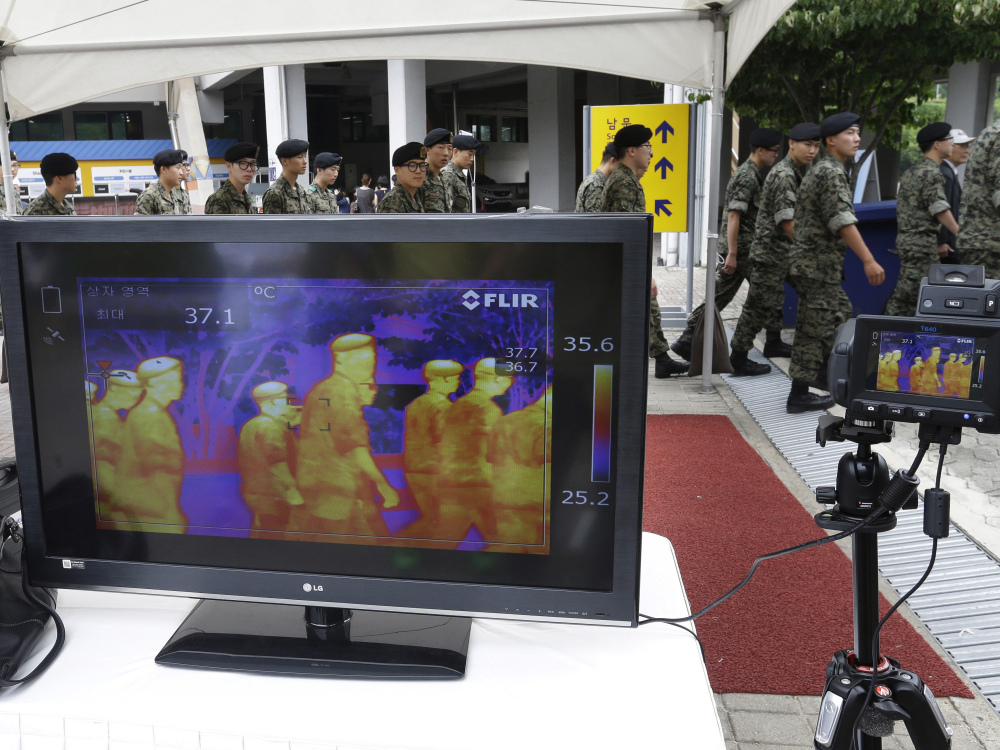SINGAPORE — South Korea’s MERS outbreak was fanned by three human “superspreaders” and followed a pattern of transmission similar to the SARS epidemic more than a decade ago, researchers in Hong Kong found.
In the largest outbreak outside the Arabian Peninsula, the Middle East respiratory syndrome coronavirus has infected 181 people and so far killed 31, the Korea Centers for Disease Control and Prevention said Friday. About one in five of the cases will probably be fatal, Benjamin Cowling and colleagues at the University of Hong Kong wrote in a study.
With the outbreak appearing to be ending, public health authorities may start to probe how a deadly disease was allowed to spread so quickly, the authors said. At least three-quarters of the cases can be attributed to clusters in hospitals started by three highly infectious people, or superspreaders. The index patient spread the virus to 27 people in one hospital alone.
“This outbreak demonstrates the potential for clusters of emerging infectious diseases to have very substantial societal and economic impact,” wrote the researchers, who work at the university’s World Health Organization Collaborating Centre for Infectious Disease Epidemiology and Control.
South Korea announced a stimulus package Thursday of more than $13.5 billion to cushion the economic impact of the disease, which forced the finance ministry to cut its outlook for economic growth this year to 3.1 percent.
The virus, first detected in in the Middle East in 2012 and .thought to originate in camels, has an average incubation period of 6.7 days, according to the authors, who analyzed publicly available data from the Korea CDC, the Korean Ministry of Health and Welfare, the WHO and local Korean news reports. They found infected people aren’t likely to spread the virus to others before they start feeling unwell.
As of June 19, 24 people had died of the disease, 30 had recovered and been discharged and 112 remained in the hospital, 16 of whom were in critical condition, according to the study in Thursday’s Eurosurveillance, a weekly online journal on infectious diseases published by the European Centre for Disease Prevention and Control in Stockholm.
One of the superspreaders, identified as case No. 14, who contracted the disease from the index case passed the virus to at least 70 others in the emergency room of one of Seoul’s five largest hospitals. Both the index case and case No. 14 have been discharged from the hospital.
Copy the Story LinkSend questions/comments to the editors.



Success. Please wait for the page to reload. If the page does not reload within 5 seconds, please refresh the page.
Enter your email and password to access comments.
Hi, to comment on stories you must . This profile is in addition to your subscription and website login.
Already have a commenting profile? .
Invalid username/password.
Please check your email to confirm and complete your registration.
Only subscribers are eligible to post comments. Please subscribe or login first for digital access. Here’s why.
Use the form below to reset your password. When you've submitted your account email, we will send an email with a reset code.